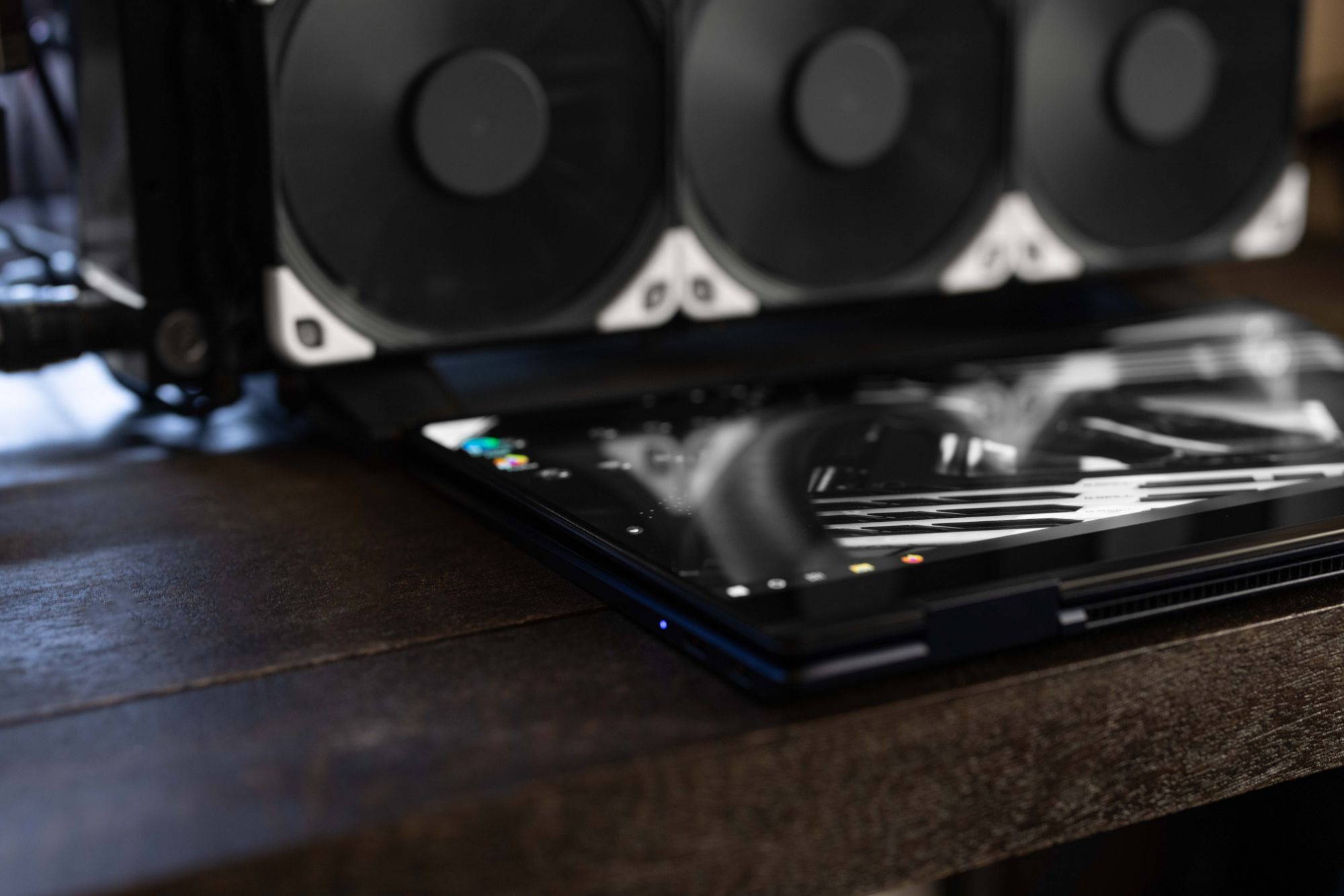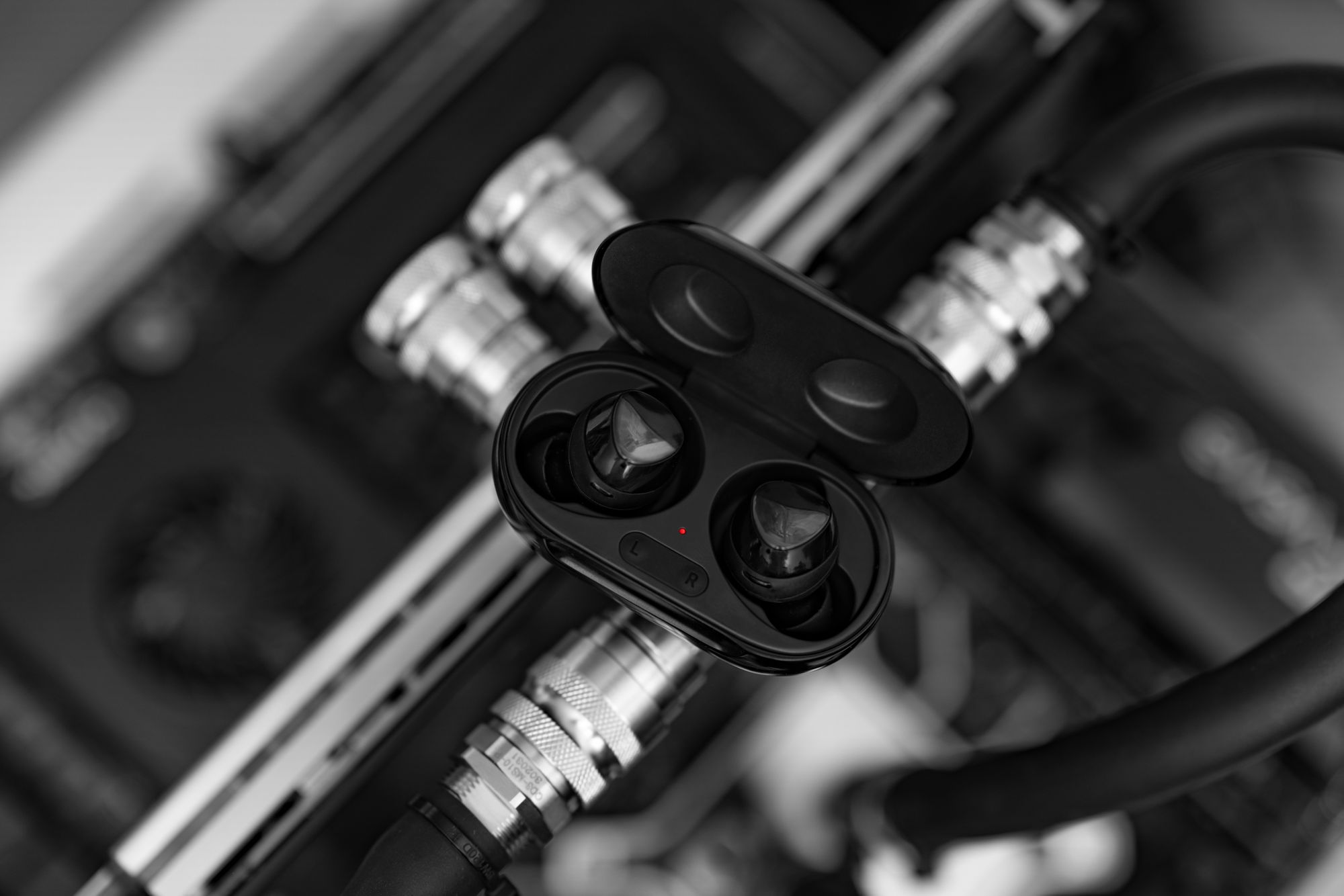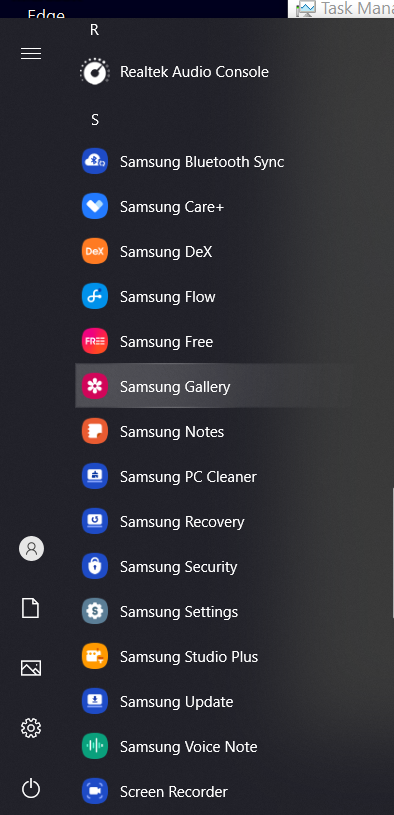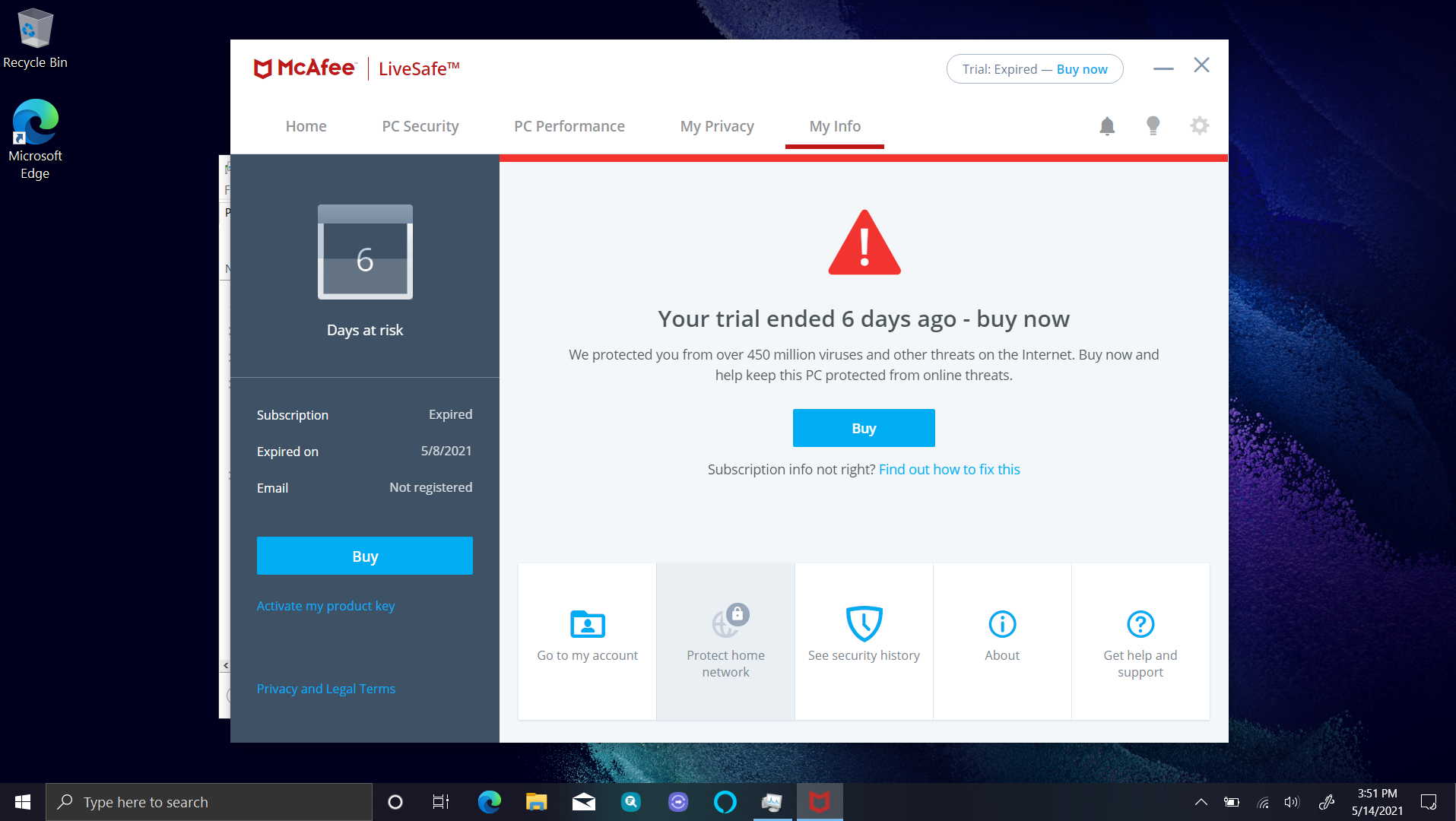Samsung Galaxy Book Pro 360 – Next Gen Wishes, Current Gen Limitations
A few years ago, I decided to phase out 15-inch class laptops. Something about the ease of transporting a 13 or 14in laptop made me never look back. I always have access to powerful desktops whether directly or remotely, so I do not feel the need to make my laptops do everything. Laptops give me a chance to work efficiently in the field, but I also use them to gauge where technology is going. It is easier to develop tech on a smaller scale, so you find that laptops, phones, and tablets are where manufactures are the most daring. You have to get many things right to pull off a good laptop, and the space hardly ever gets stagnant.
My last encounter with a Samsung laptop was the Samsung ATIV SmartPC Pro 700T in 2013. Two-in-ones were just getting interesting and that one was no exception. It was of the detachable display variety, had an S pen, an SSD, and came with Windows 8. It was essentially as confusing a laptop/tablet hybrid as Windows 8 was a desktop/tablet hybrid OS. Fast forward to 2021 and I was excited to see how far Samsung has come in their 2-in-1 design aspirations.
Thin, light, simple, and elegant but there is an elephant in the room
This laptop is full of compromises. The Galaxy Book 360 is 2.3 lbs. and impressively thin. This is impossible without concessions. There is simply not enough mass for chassis stiffness. It feels delicate because it is delicate. They managed to achieve one-handed opening, but this means that the laptop just falls closed within about 2 inches of completing the process. It is a bit jarring and produces an audible slap. There is no place for the included S pen to be stored since it is thicker than either the top or bottom of the laptop. It can rest magnetically on the palmrest, but you cannot and should not leave it there. The mystic navy finish is wonderful… for about 10 mins. After that, you leave enough fingerprints behind to make a complete copy of your hand with relative ease.
I normally take the bottom cover off and snap some shots of the inside, but it was not worth it with this one. Disappointingly, the screws are hidden under the rubber feet, and I cannot imagine the adhesive holding up well to being removed. I do not want to lose any of the rubber feet considering this is a 2-in-1 and having the top and bottom touch when folded is asking for trouble. I wish they had not gone this route. I assume it was done for the aesthetic of non-visible screws.
The keyboard is okay. It does not stand out in any way, but it does not offend much either. It can be a bit of a victim of the chassis flex at times, but the overall tactility makes that easy to ignore. Key travel is nice for this class of laptop, and there is not much else to say. The trackpad is unremarkable, but again, that is not a negative statement when being a bad trackpad is a dealbreaker.
Oh yeah, port selection is—wait, selection is the wrong word since it is USB-C only. This is not a problem for me because I do not use non USB-C external devices as part of my workflow, but it may be for someone else reading this. Oh, and the webcam is terrible. Absolutely terrible. You make class-leading cameras for your phones… it is time to translate that into laptops. I am not going to waste any more words on it.
You might have heard that Samsung makes a good display or two
The Super AMOLED screen is probably what will draw a lot of people to this laptop. It’s going to look better than the surrounding laptops at your local Best Buy. The very first boot is stunning. Seeing the Samsung logo pop up surrounded by pure nothingness is a remarkable sight. It is simple and it is effective. The screen is vibrant in Samsung’s typical saturation happy tradition, but helpfully provides multiple color profiles. Having a Super AMOLED screen does not automatically make it great though. The screen suffers from OLED color shifting (green and purple tinting) and since this laptop goes into a tablet mode, you can bet you are going to see it often with so much surface area compared to a phone. I have often been of the mind that 1080p is fine for 13in laptops, but OLED seems to make 1080 a lot more obvious than in IPS screens I have used. Perhaps this is because it is SO nice to look at, that I am paying closer attention.
The largest disappointment I have with the screen of the Samsung Galaxy Book 360 is the aspect ratio. 16:9 in portrait mode is anemic in portrait and vastly detracts from usefulness. Reading documents or comics really makes you yearn for the extra real estate 16:10 would have provided. The bezels are thin, except the beefy chin, and this can be an issue when using it in tablet mode. Palm rejection does not seem to be a thing, and I often mistake an app for being frozen when my input is being ignored thanks to my palm contacting the edge of the screen.

Glossy screens will be glossy screens. This is not a laptop you want to use where glare is a concern. This means finding shade when you are using it outside. Which… you should probably do anyway. I am likely to just use my phone when outdoors, so this is not a problem for me. Just pointing that out in case you do need to use your laptop outside. Peak brightness does not compare to my beloved Lenovo S940’s 500 nit screen. This reaches around the 300 mark. Disappointing for those that seek an HDR like experience from their OLEDs, but this did not bother me since I prefer a dimmer screen. I just would have preferred the option to do that myself.
Bring some Galaxy Buds, bud...
I cannot help but mention the word compromise again. The sound is tinny and if you were to watch a movie on the gorgeous Super AMOLED screen, you cannot hear any dialog over common background noise like a fan. Perhaps this is why there are Galaxy Buds combo proms all over the place. I respect the choice not to go for loud, horrific distortion but when your phones sound better than your laptops, I cannot just give this a pass.

That software experience though…
Samsung includes a lot of apps. A LOT. In fact, so many of them tried to start up, notify me, and update themselves, that the laptop got extremely hot and froze on the very first boot. I truly have never experienced anything like that. After all that calmed down, I am told there are many important updates in the Samsung update app. Normally, I would have just wiped the laptop by now, but I decided to check that out. I was greeted by firmware updates for 4 things. This felt like day 1 patching of a large game. There was a BIOS update, a firmware update for the screen, and two other things I have forgotten about since I was already tired of rebooting. I am appreciative that the laptop is getting a lot of support, but at the same time, this line of laptops JUST launched. It is a bit concerning.
The app suite is largely useless to me since I do not use a Samsung phone, but I can see this being somewhat appealing to someone deeply integrated with the Samsung ecosystem. The only app I flat out hated was the Camera app. There are so many options to change your appearance that I just about developed a complex about my facial features. It is deeply disturbing and as someone who does not have body image issues, I have high concerns about the message this is sending to someone who does. You are who you are, and Samsung should not be telling anyone that they need to be fixed in software.
Amusingly, the included McAfee trial alerted me that it expired 6 days before I purchased the laptop. It was always going to be removed, so I am just glad I got a laugh out of it before doing so.


Pushing the thermal envelope, as always
In terms of performance, it does what a quad core i7 laptop should. I could not find info on what the chip runs at by default—I’ll be honest, I did not look very hard—but Cinebench R23 runs have it sitting squarely in the middle of the 15 and 28W variants of the 1165G7. I saw a peak single core clock of 5.26GHz, but not often and not for long (expectedly). Web browser and office work via Office 2019 are expectedly zippy even in mode battery friendly modes. Light editing in Photoshop and Lightroom is pleasant, but large exports see fan ramping and do take a while. That said, this is not my normal workflow and was only done for the purpose of observation. It is easy for this laptop to hit 83 when launching a program, but it settles in the mid to high 50s shortly after. As soon as I fired up a Cinebench R23 run, it found its home in the 90s. This was all expected, and all fine. A lot of people are alarmed by numbers like this, but as someone who has used a 13in laptop for years, that is just the life we live in the Ultrabook world.

It should be noted that I used high performance mode during this testing. If you are going to use this thing on your lap... do not do that in high performance mode. The palm rest and underside become uncomfortably hot. I did not run into this issue with “optimized” and “silent” performance profiles.
Battery claims of 20 hours made me laugh. I am not even going to try testing it. I have the MacBook Air M1 and that for sure can do it, but this? Maybe if you had the screen at 20% and never went online, I would believe them.
‘Nixing Windows 10
I typically dual boot my laptops. Windows will exist for Adobe apps that I use, and in this instance, I will keep Samsung Update for its ability to update all manner of firmware for the hardware in the laptop. I prefer rolling release distros for laptops since I tend to run newer hardware and it can be a pain getting something like Pop OS to play nice. My laptops are where I get to have fun with Linux, since I do not use them for anything that requires the utmost stability. It helps me figure out what direction I will take with my production Linux systems.

I went with Manjaro for this and the only major thing that did not work out of the box was the Intel AX210. It has been supported since kernel 5.10 (5.11 for BT), but did not work until I updated linux-firmware to the latest version. Support for the S pen worked brilliantly in Krita, even though it did not magically grant me the ability to draw more than my usual stick figures.. The fingerprint sensor does not work in Manjaro, but I gave up on getting fingerprint sensors working in Linux ages ago. At the rate I upgrade laptops, by the time something is supported, I have already moved on. The Galaxy Book Pro 360 uses an EgisTec EH57E. I spent a few mins looking it up just for kicks and yeah… no support now, or any time soon.
Well, that was rough! Did you even like it?!
Yes. Yes I did. I felt compelled to write about it for this reason. My use case for laptops is rather light, so a lot of the compromises I have highlighted are not dealbreakers. I have used many Ultrabooks and 2-in-1s that I would put through the ringer just as hard. That said, this one seemed to have the most compromises. I wish they had targeted 2.6 lbs. and went with a stiffer chassis.
Samsung is on the right track with this series. You know what can make it truly a next Gen device? ARM. Samsung has been making ARM devices for a very long time and I believe that when Windows gets to a point where it can handle ARM as well as Mac OS is developing to, we will have some real progress in the laptop market.
Comments?
Leave us your opinion.